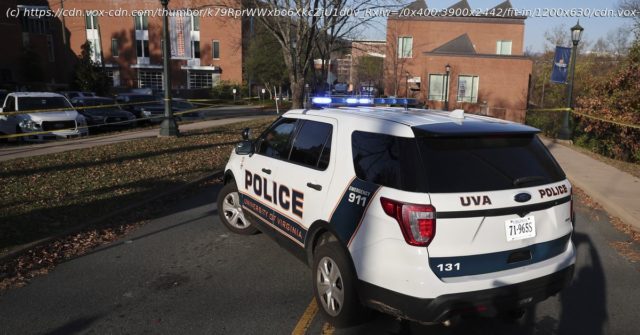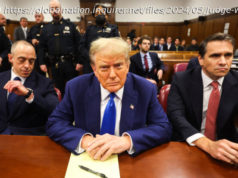The factors that lead to tragedies like the one at the University of Virginia are deeply ingrained in US politics, culture, and law.
The factors that lead to tragedies like the one at the University of Virginia are deeply ingrained in US politics, culture, and law.
A 22-year-old man allegedly entered an LGBTQ nightclub shooting and killing five people and wounding 18 more in Colorado Springs, Colorado before being subdued by patrons of the club.
The shooting occurred Saturday night, on the eve of Trans Remembrance Day, an annual observance honoring transgender, nonbinary, and gender-nonconforming people who have been killed in anti-trans attacks. It’s one of many major mass shootings across the US this year, including those at the University of Virginia which targeted members of the football team, a Fourth of July parade in Highland Park, Illinois; at a hospital in Tulsa, Oklahoma; and at an elementary school in Uvalde, Texas.
No other high-income country has suffered such a high death toll from gun violence. Every day, more than 110 Americans die at the end of a gun, including suicides and homicides, an average of 40,620 per year. Since 2009, there has been an annual average of 19 mass shootings, when defined as shootings in which at least four people are killed. The US gun homicide rate is as much as 26 times that of other high-income countries; its gun suicide rate is nearly 12 times higher.
Gun control opponents have typically framed the gun violence epidemic in the US as a symptom of a broader mental health crisis.
But every country has people with mental health issues and extremists; those problems aren’t unique. What is unique is the US’s expansive view of civilian gun ownership, ingrained in politics, in culture, and in the law since the nation’s founding, and a national political process that has so far proved incapable of changing that norm.
“America is unique in that guns have always been present, there is wide civilian ownership, and the government hasn’t claimed more of a monopoly on them,” said David Yamane, a professor at Wake Forest University who studies American gun culture.
Earlier this year, Congress reached a deal on limited gun reforms for the first time in nearly 30 years. But the shooting at UVA shows just how embedded gun violence is in the US. The US has a lot of guns, and more guns means more gun deaths
It’s hard to estimate the number of privately owned guns in America since there is no countrywide database where people register whether they own guns, and there is a thriving black market for them in the absence of strong federal gun trafficking laws.
One estimate from the Small Arms Survey, a Swiss-based research project, found that there were approximately 390 million guns in circulation in the US in 2018, or about 120.5 firearms per 100 residents. That number has likely climbed in the years since, given that one in five households purchased a gun during the pandemic. But even without accounting for that increase, US gun ownership is still well above any other country: Yemen, which has the world’s second-highest level of gun ownership, has only 52.8 guns per 100 residents; in Iceland, it’s 31.7.
American guns are concentrated in a tiny minority of households: just 3 percent own about half the nation’s guns, according to a 2016 Harvard and Northeastern University study. They’re called “super owners” who have an average of 17 guns each. Gallup, using a different methodology, found that 42 percent of American households overall owned guns in 2021.
Researchers have found a clear link between gun ownership in the US and gun violence, and some argue that it’s causal. One 2013 Boston University-led study, for instance, found that for each percentage point increase in gun ownership at the household level, the state firearm homicide rate increased by 0.9 percent. And states with weaker gun laws have higher rates of gun-related homicides and suicides, according to a January study by the gun control advocacy group Everytown for Gun Safety.
The link between gun deaths and gun ownership is much stronger than the link between violence and mental health issues. If it were possible to cure all schizophrenia, bipolar, and depressive disorders, violent crime in the US would fall by only 4 percent, according to a study from Duke University professor Jeffrey Swanson, who examines policies to reduce gun violence.






